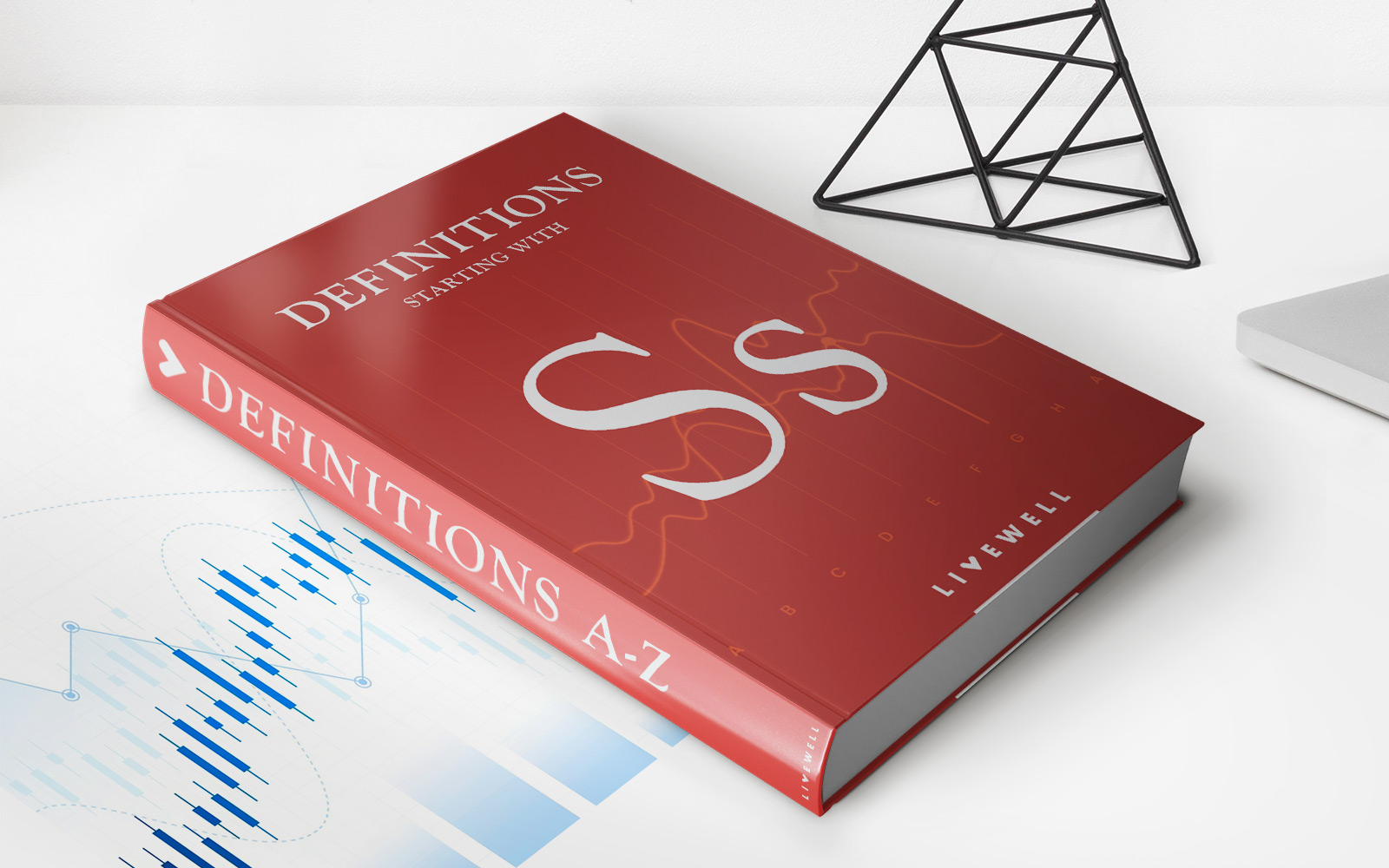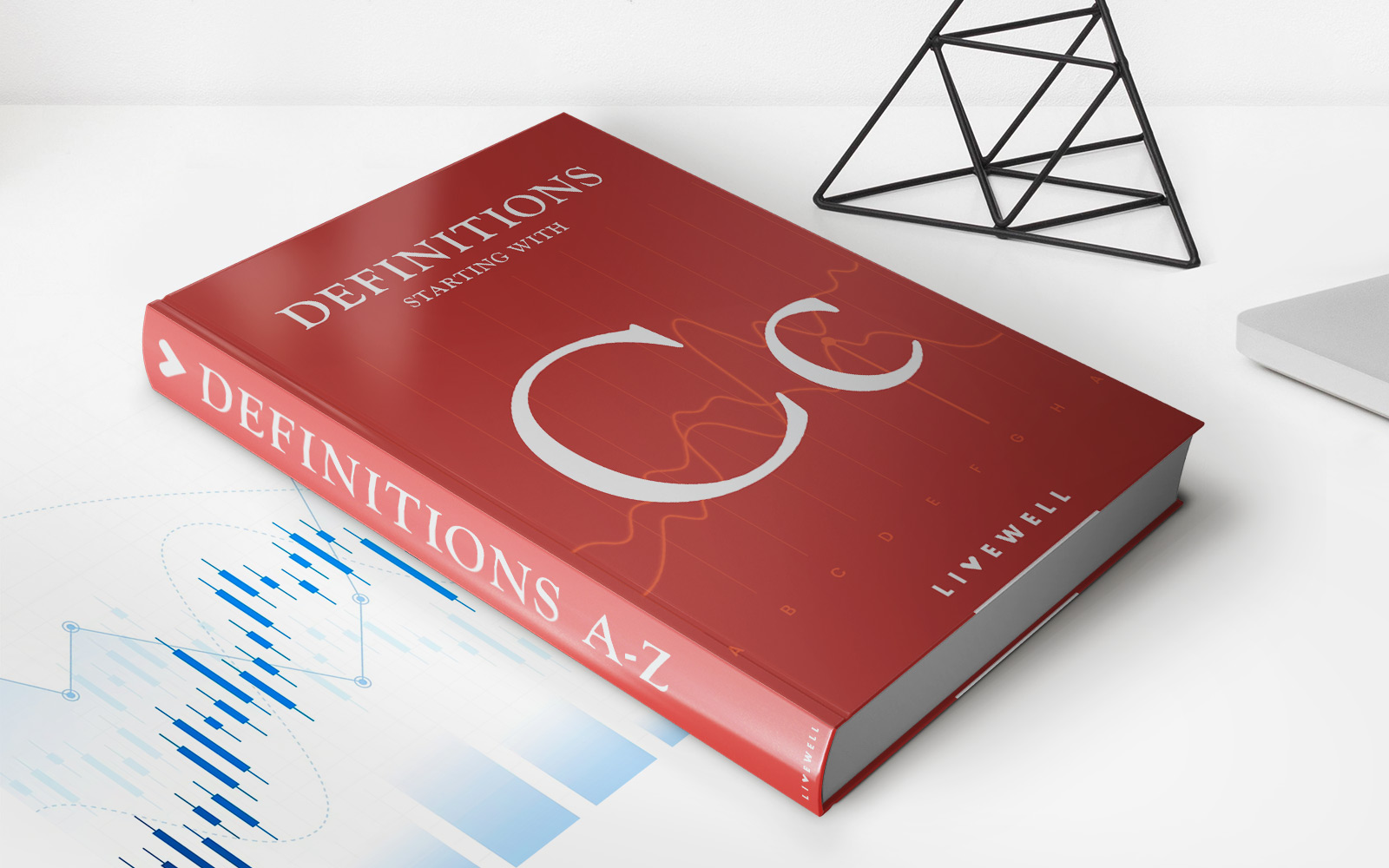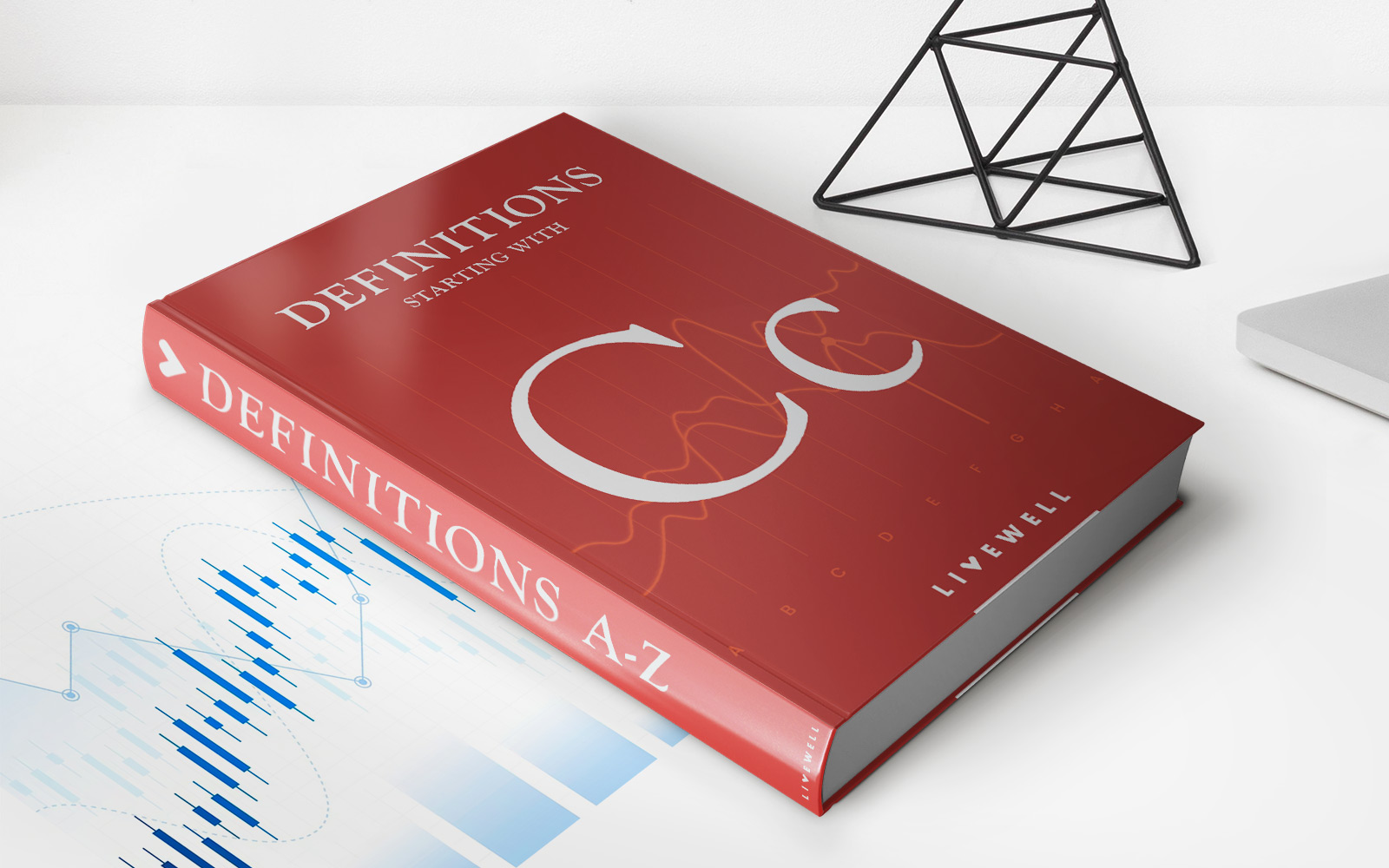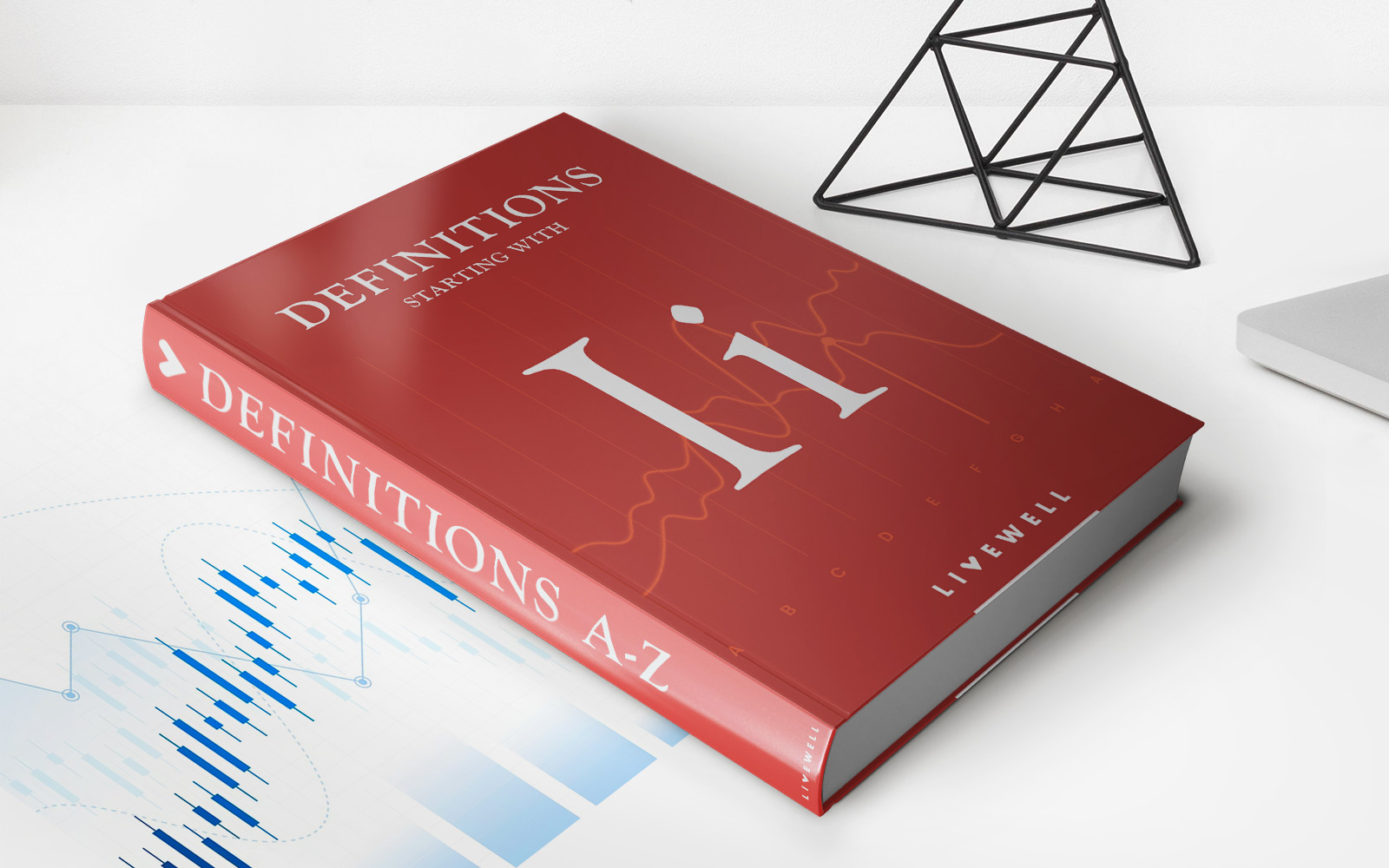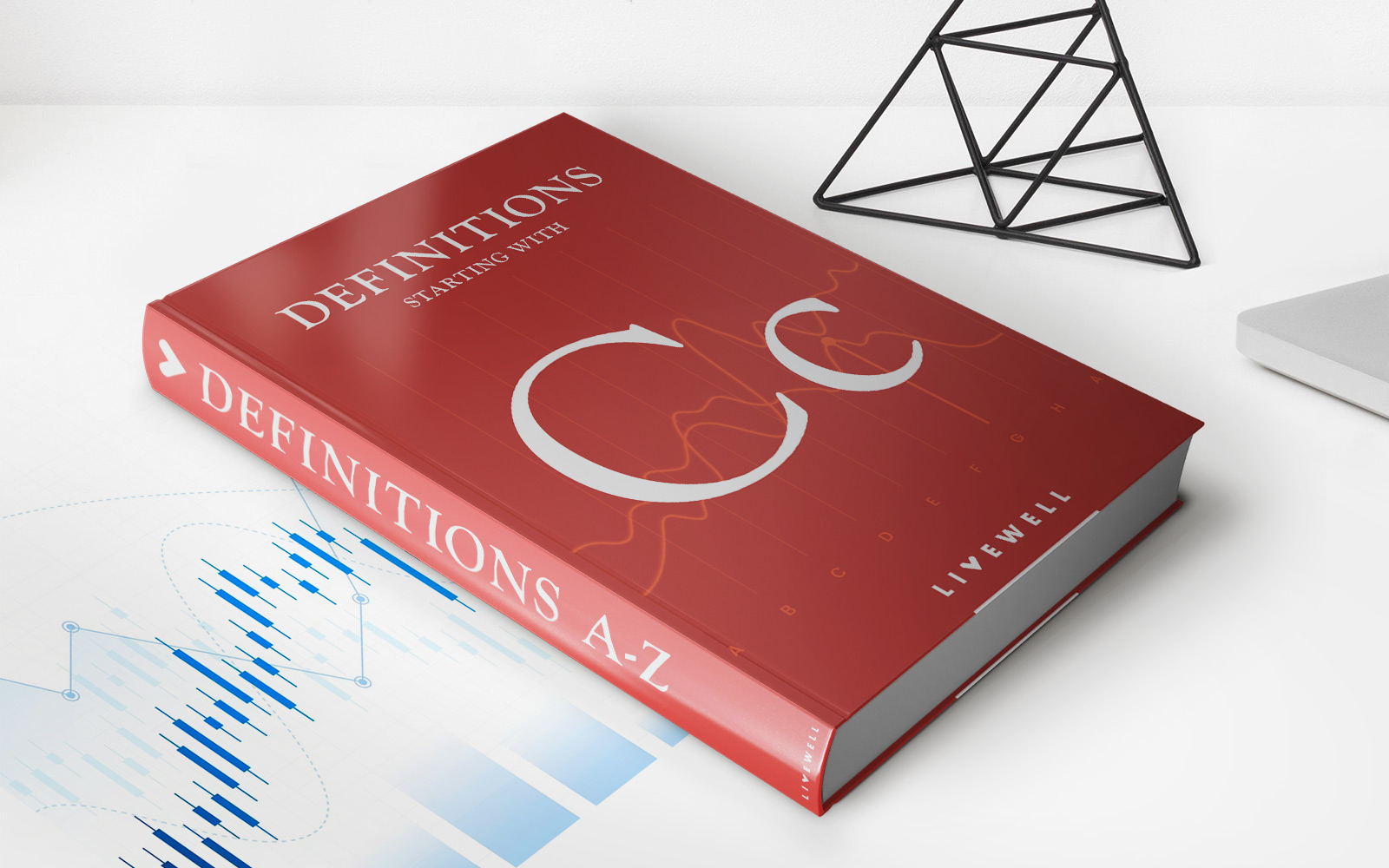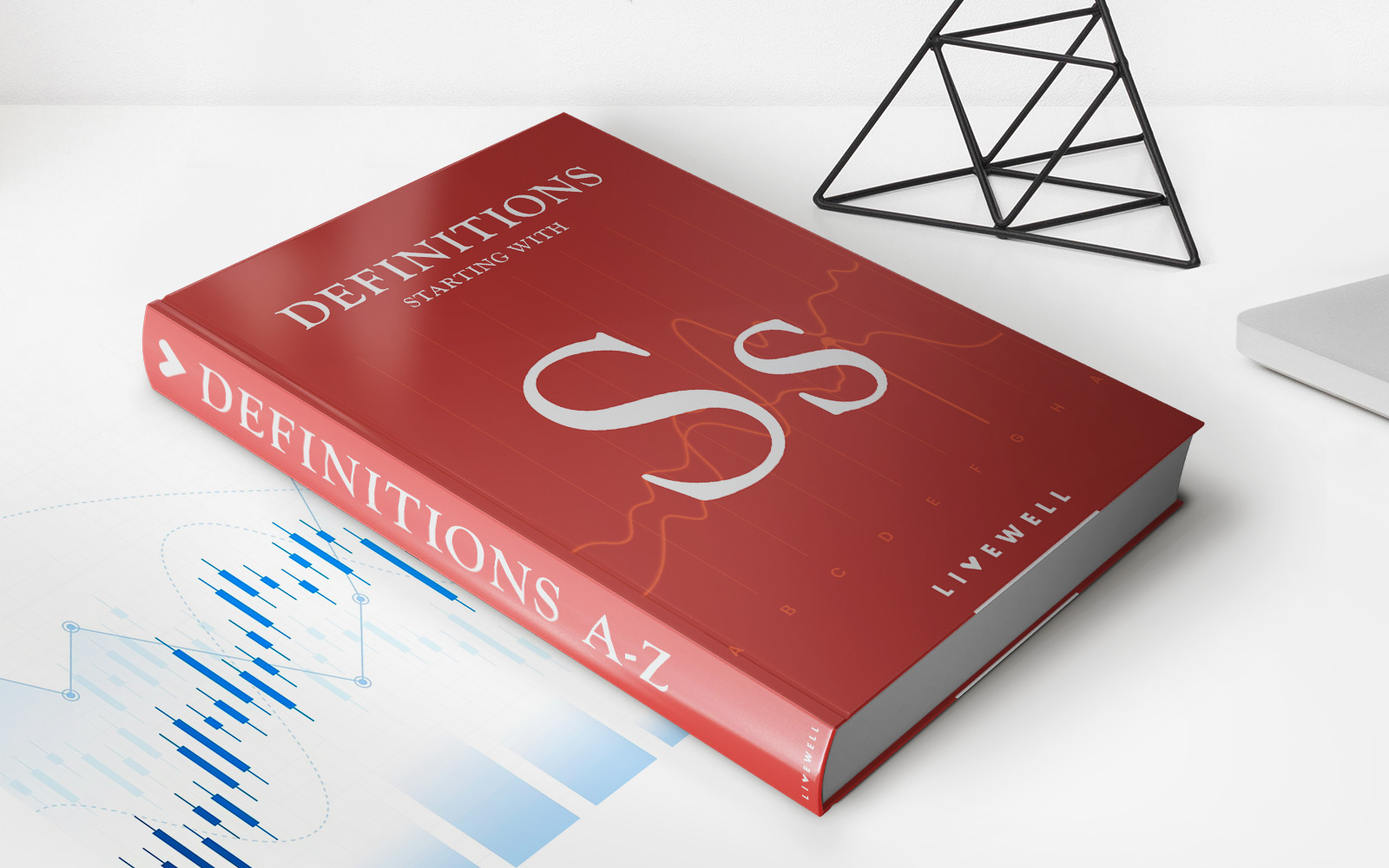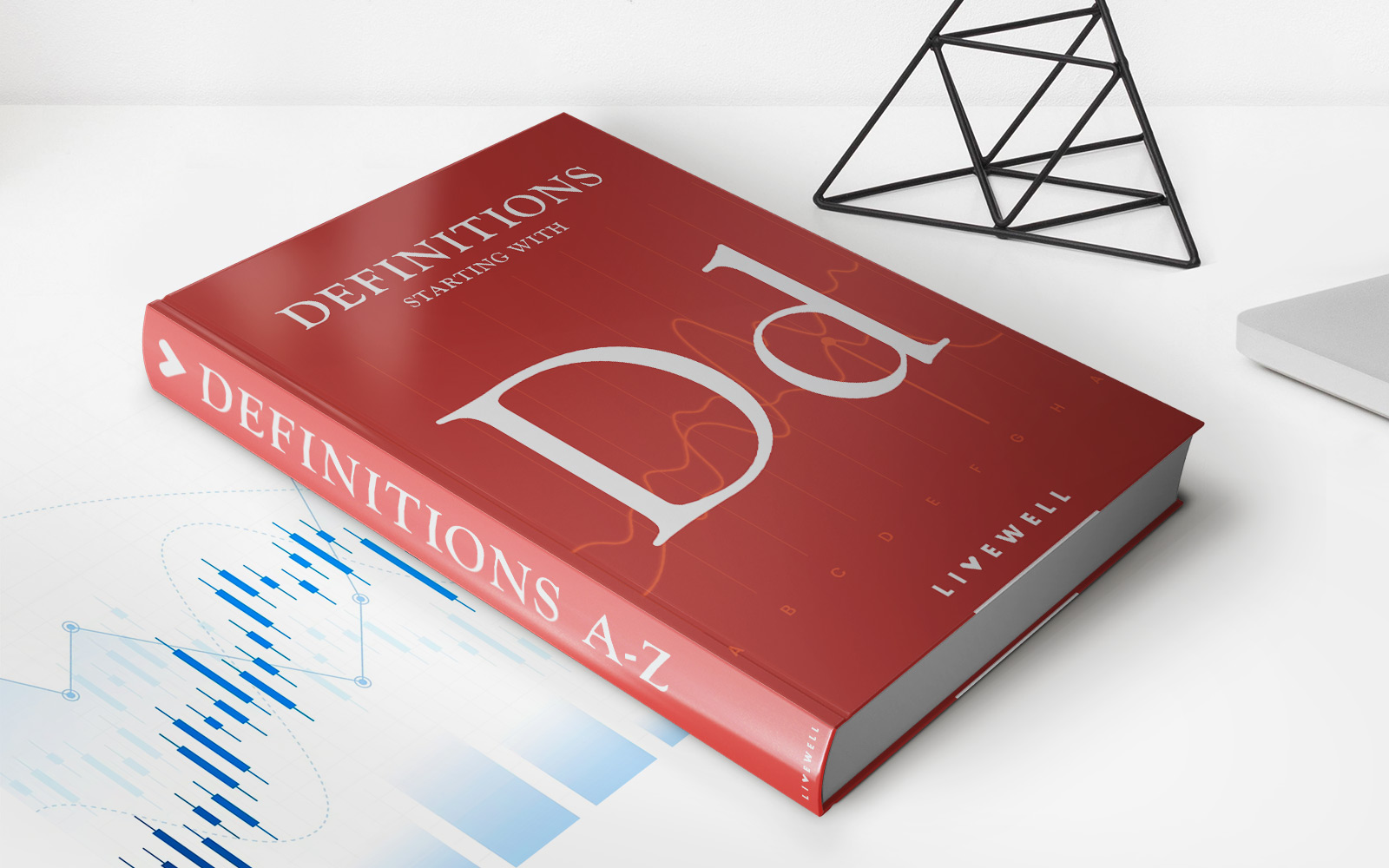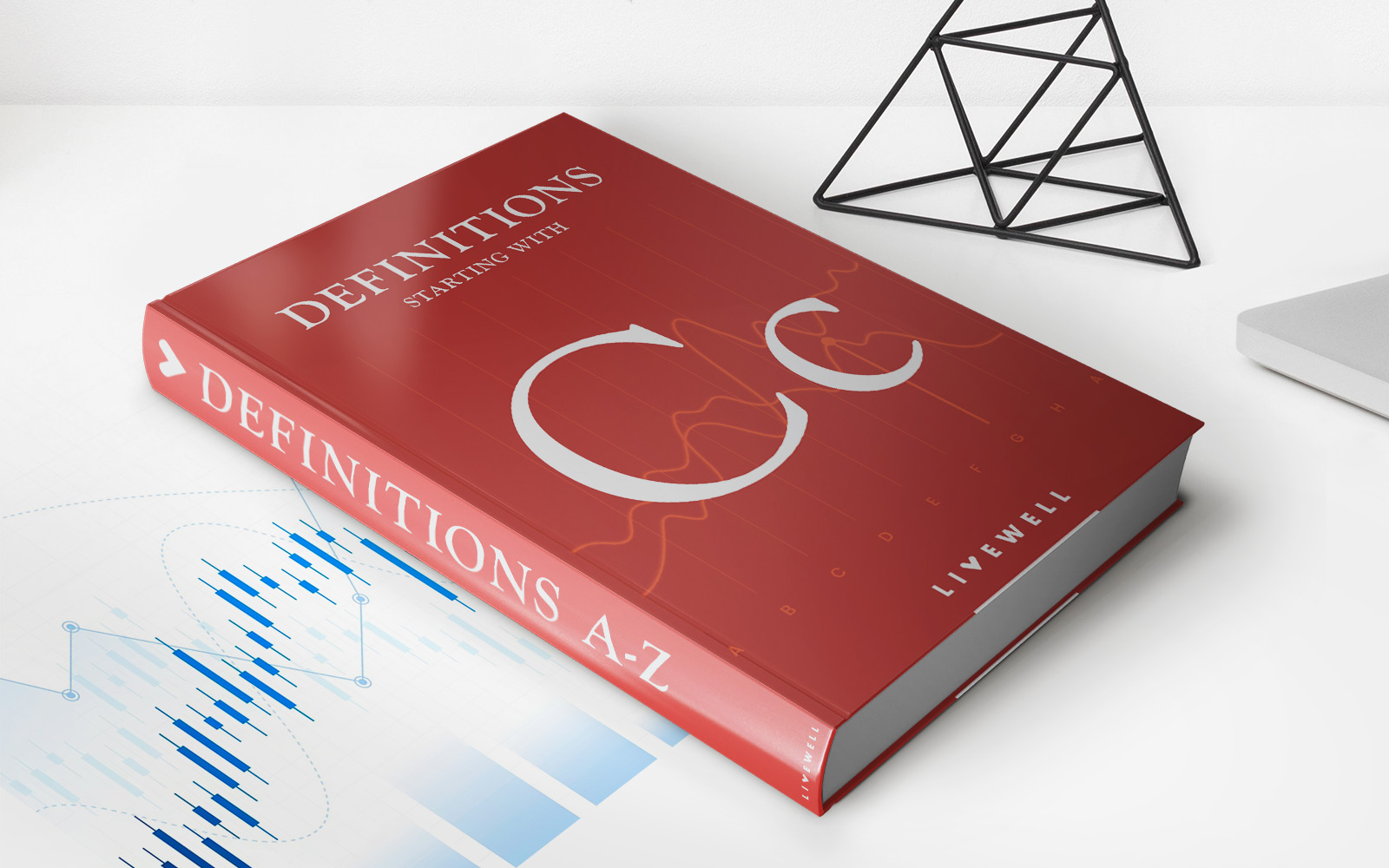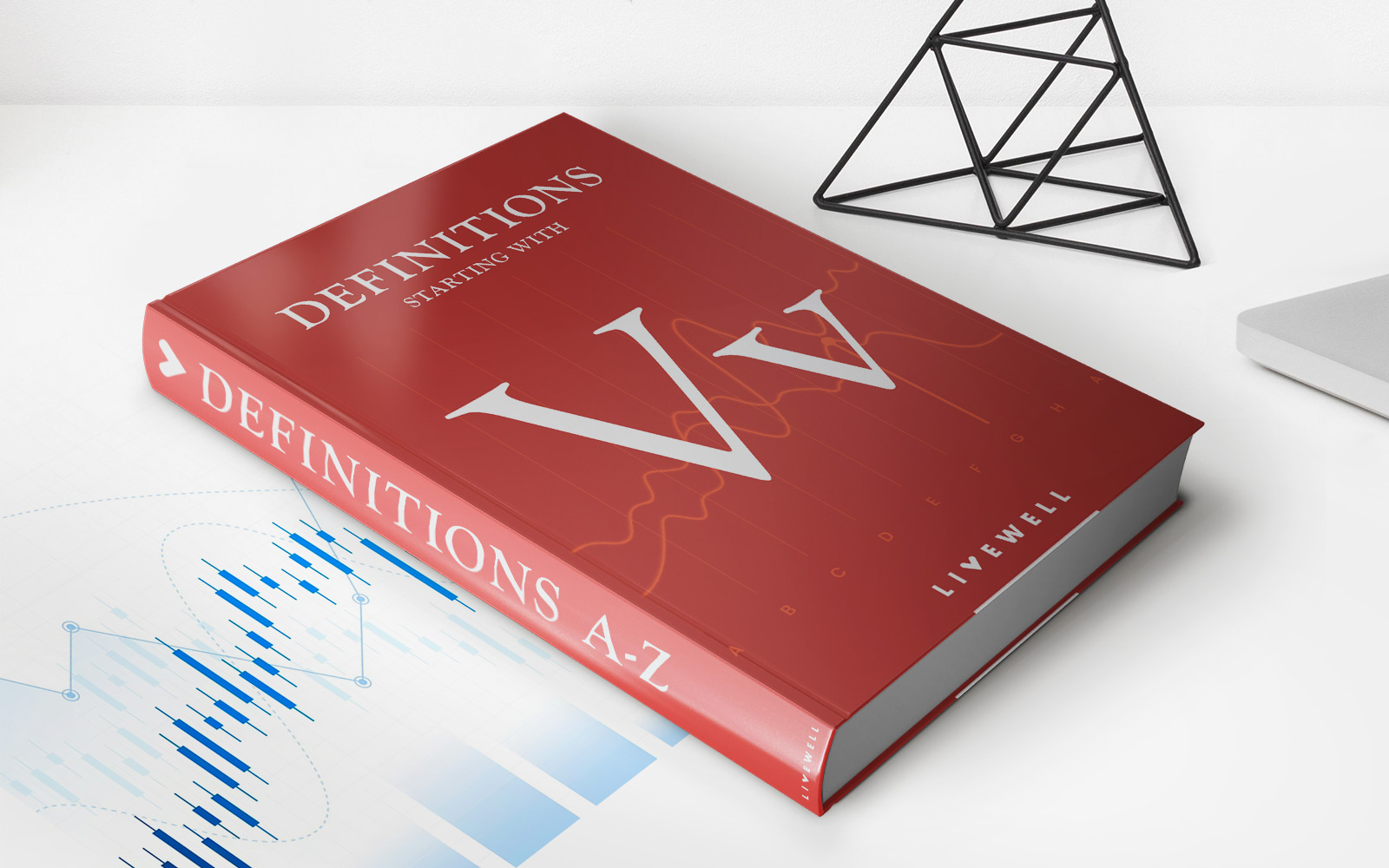Home>Finance>Indirect Tax: Definition, Meaning, And Common Examples
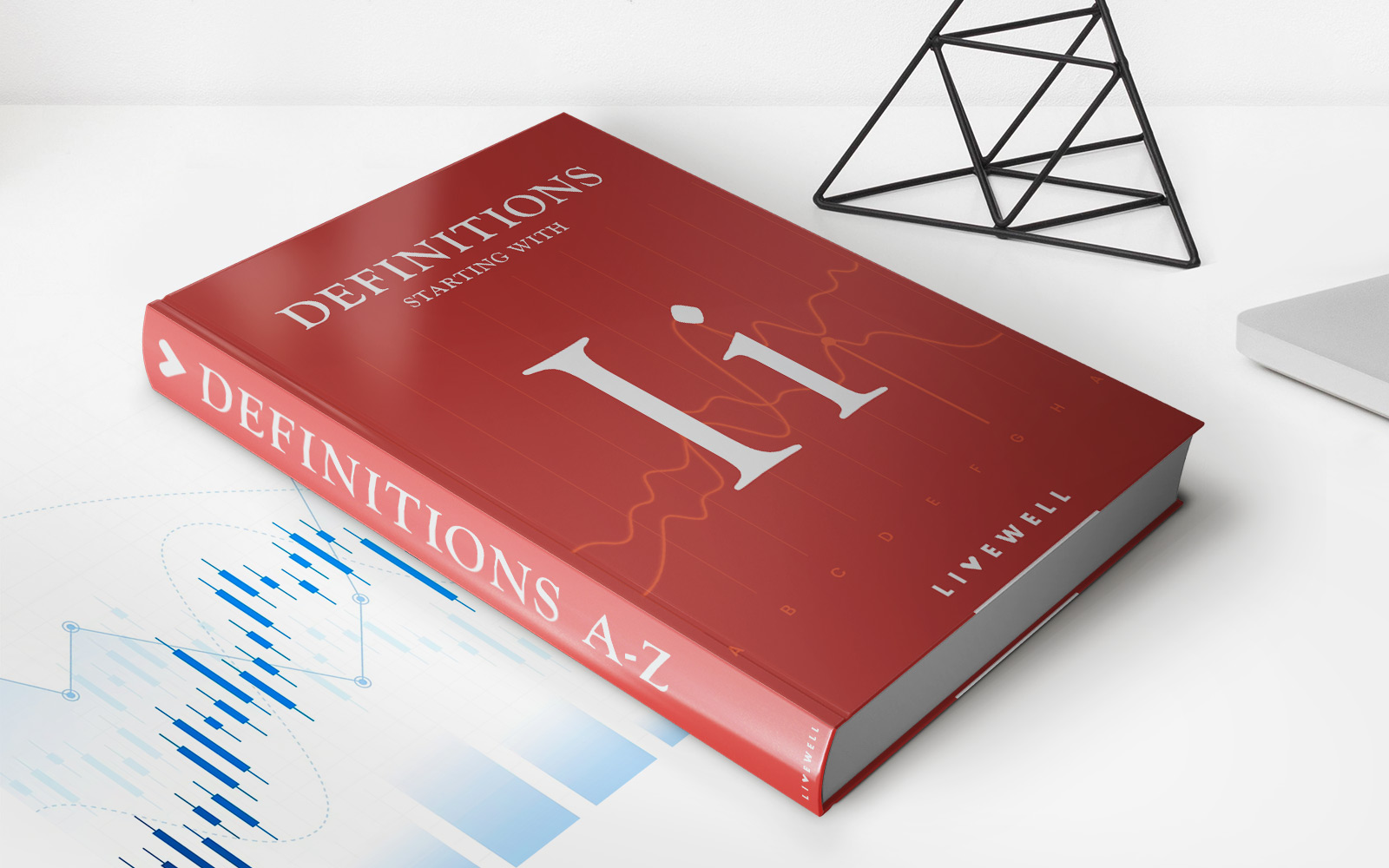

Finance
Indirect Tax: Definition, Meaning, And Common Examples
Published: December 8, 2023
Learn the definition and meaning of indirect tax in finance, along with common examples. Understand how indirect taxes impact businesses and individuals.
(Many of the links in this article redirect to a specific reviewed product. Your purchase of these products through affiliate links helps to generate commission for LiveWell, at no extra cost. Learn more)
Indirect Tax: Definition, Meaning, and Common Examples
When it comes to managing your finances, understanding the various types of taxes can be a crucial step in making informed decisions. One particular type of tax that plays a significant role in the financial landscape is indirect tax. In this blog post, we will delve into the definition, meaning, and provide examples of common indirect taxes.
Key Takeaways:
- Indirect tax is a type of tax that is not directly imposed on individuals or organizations but is rather passed on to consumers through the price of goods and services.
- Common examples of indirect taxes include value-added tax (VAT), sales tax, excise duty, customs duty, and goods and services tax (GST).
Understanding Indirect Tax
Before diving into the examples of indirect taxes, let’s establish a clear understanding of what indirect tax entails. Unlike direct taxes that are levied directly on individuals or organizations, indirect taxes are imposed on the production, sale, or consumption of goods and services. These taxes are not borne solely by the entity on which they are levied but are indirectly passed on to the end consumer through the pricing mechanism.
Indirect taxes are typically collected by intermediaries, such as retailers or service providers, who are responsible for remitting them to the government. The amount of the tax is usually included in the overall price paid by the consumer, making it less transparent compared to direct taxes.
Common Examples of Indirect Taxes
Now that we have a foundational understanding of indirect taxes, let’s explore some common examples:
- Value-Added Tax (VAT): VAT is one of the most widespread forms of indirect taxes globally. It is levied at each stage of the production and distribution process, with the end consumer ultimately bearing the entire tax burden.
- Sales Tax: Sales tax is imposed on the purchase of goods and services. The tax rate may vary depending on the jurisdiction and the type of product or service being sold. The burden of this tax is passed on to the consumer through the purchase price.
- Excise Duty: Excise duty is a tax levied on specific goods such as alcohol, tobacco, and fuel. It is often imposed to discourage consumption or raise revenue for the government. Similar to other indirect taxes, the cost of excise duty is passed on to the consumer when they purchase these goods.
- Customs Duty: Customs duty is applied to goods imported into a country. It serves as a protectionist measure to safeguard domestic industries and regulate international trade. The burden of this tax is typically borne by the importer, who may ultimately pass it on to the consumer through increased prices.
- Goods and Services Tax (GST): GST is a comprehensive indirect tax levied on the supply of goods and services. It is designed to replace multiple indirect taxes to streamline the tax system. Consumers are charged GST on the final price of goods and services, inclusive of any previously collected taxes along the supply chain.
These examples represent just a few of the numerous indirect taxes that exist worldwide. Each tax serves a unique purpose and contributes to the overall revenue generation for governments.
In Conclusion
Indirect taxes may not always be the most visible form of taxation, but they play a vital role in funding government operations and public services. The understanding of indirect taxes, such as VAT, sales tax, excise duty, customs duty, and GST, can help individuals and businesses navigate the financial landscape more effectively.
Remember, while direct taxes are typically paid directly by individuals or organizations, indirect taxes are embedded in the cost of goods and services, ultimately impacting consumers. Being aware of these taxes and their implications can empower you to make informed financial decisions.
